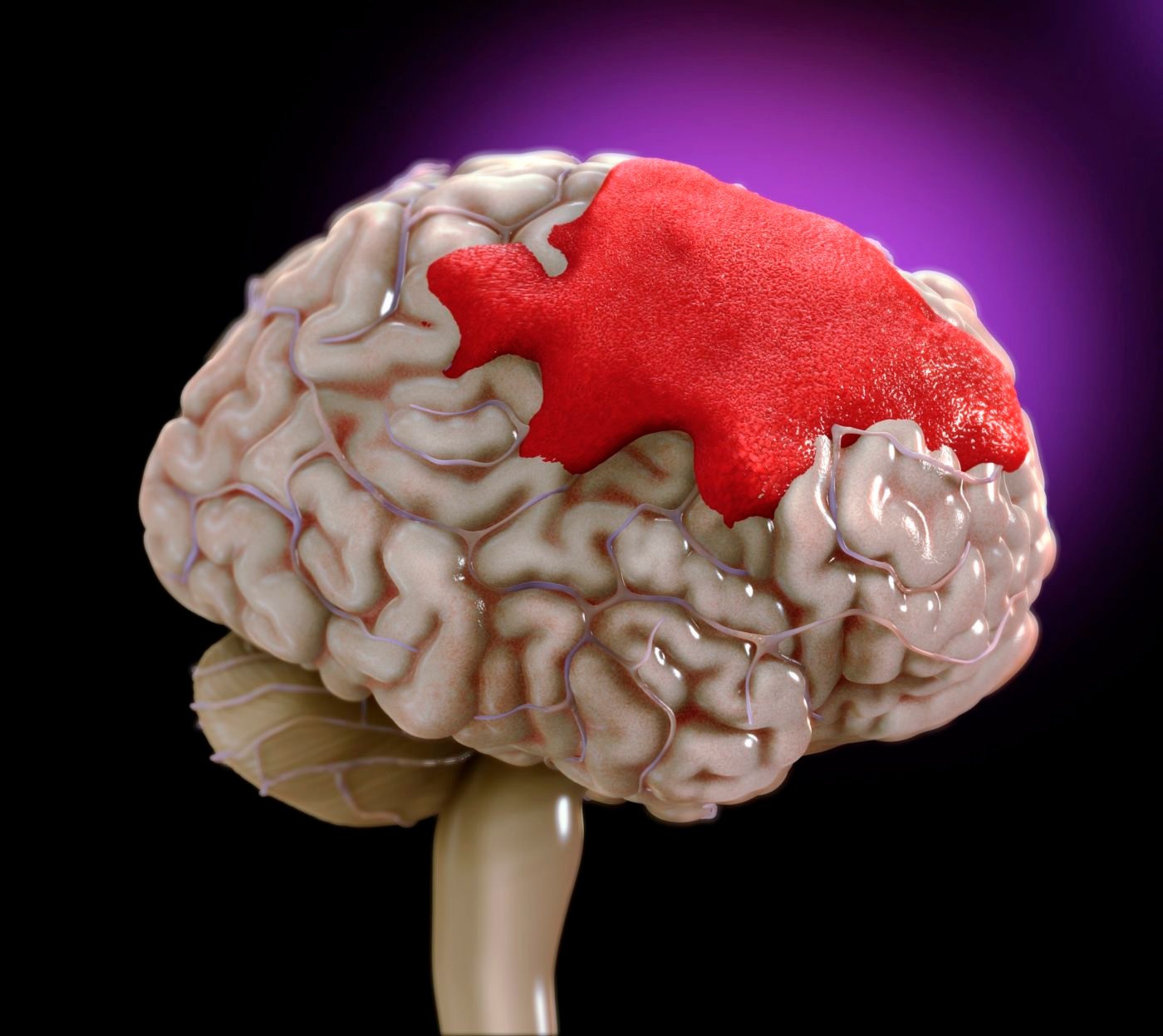Chiari malformation is a structural defect in the brain that affects the area where the brain and spinal cord connect. This condition can lead to a variety of uncomfortable and sometimes disabling symptoms. It is important to understand the signs, treatment options, and the impact early intervention can have on improving the quality of life for individuals affected by this condition.
What is Chiari Malformation?
Chiari malformation occurs when the lower part of the brain, specifically the cerebellum, extends into the spinal canal. This can put pressure on the brain and spinal cord, leading to neurological issues.
There are different types of Chiari malformations, but they all involve the displacement of brain tissue into the spinal canal, which can block the normal flow of cerebrospinal fluid (CSF). This disruption can cause a variety of symptoms and may require medical intervention.
Common Symptoms of Chiari Malformation
The symptoms of Chiari malformation vary depending on the severity of the condition. However, the most common symptoms include:
Chronic headaches: These often worsen with coughing, sneezing, or straining.
Neck pain: Pain may extend from the neck to the shoulders and arms.
Dizziness or balance issues: Many individuals experience difficulty maintaining balance.
Difficulty swallowing: There may be choking episodes or the sensation of food getting stuck.
Numbness or weakness: This can occur in the arms and legs, leading to difficulty with movement or coordination.
While these symptoms can range from mild to severe, it’s important to note that some people with Chiari malformation may not experience any noticeable symptoms.
Treatment Options
The treatment for Chiari malformation depends on the severity of the symptoms and how the condition affects the patient’s daily life. Here are some of the common treatment approaches:
Monitoring: For individuals with mild symptoms, doctors may recommend regular monitoring without immediate surgery. This is especially true if the malformation is discovered incidentally and is not causing significant problems.
Surgery: In more severe cases where symptoms are progressing or quality of life is significantly affected, neurosurgery may be necessary. The goal of surgery is to relieve pressure on the brain and spinal cord by creating more space for the cerebellum and improving the flow of cerebrospinal fluid.
Rehabilitation: After surgery, or for those managing mild symptoms, physical therapy and rehabilitation can help restore strength, balance, and mobility. A comprehensive rehab program is essential for regaining function and improving daily living.
The Importance of Early Diagnosis
Chiari malformation can often go undiagnosed, especially if the symptoms are mild or resemble those of other conditions. However, early diagnosis is critical in preventing complications. By identifying the condition early, healthcare professionals can provide specialized treatment that greatly improves the quality of life for individuals affected by Chiari malformation.
Conclusion
Chiari malformation is a complex neurological condition that requires a careful and tailored approach to treatment. While some individuals may only need regular monitoring, others may benefit from surgery and rehabilitation. Early diagnosis and appropriate care are key to managing symptoms and ensuring the best possible outcome for those living with this condition.
For further guidance and expert consultation on Chiari malformation, Dr. Dilip S. Kiyawat, a neurosurgeon, can provide comprehensive care and treatment options to help manage the condition effectively.
Early diagnosis and specialized treatment can greatly improve the quality of life for individuals with Chiari malformation. If you or someone you know experiences the symptoms mentioned, consider consulting a specialist for a detailed evaluation.







